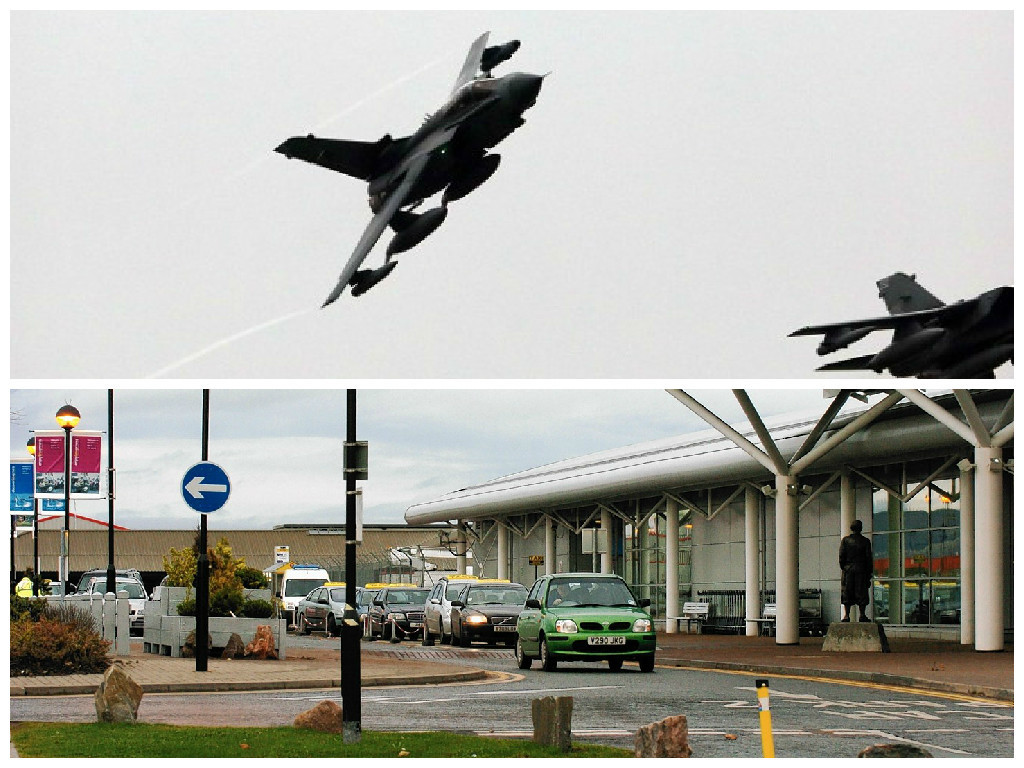The crews of two military jets narrowly avoided a head-on mid-air collision near Inverness Airport, flying within 400ft of each other after the crews failed to hear an instruction.
The drama, On February 5, involved an RAF Tornado jet and a Tucano turboprop training aircraft flying out of RAF Lossiemouth, two miles south of Inverness Airport.
Investigators gave the incident a “B rating” which is their second highest category and listed when “the safety of the aircraft may have been compromised.”
They said the crews and an RAF controller all played a part.
The UK Airprox Board investigated the incident which involved one of two Tornados on a training sortie and one of two Tucanos that were flying to RAF Lossiemouth.
In its report, the board said the Tornado crews “climbed into conflict” with the Tucano.
HQ Air Command states in the report that the jet crews did not hear an instruction from an RAF controller to stop climbing, and the controller did not ask the crews for confirmation that they had heard his instruction.
The board said the controller had “gone the extra mile” to get the aircraft to pass safely but had used some phraseology that may have confused the Tornado crews.
The investigation found that the Tornado formation did not hear a “stop climb” instruction.
According to the report, the controller did not challenge the Tornados to confirm the instruction and the Tornado crew “did not take adequate action to ensure sufficient separation, leading to a late sighting.”
At the time, the crews were discussing an issue but “did not feel that this had distracted them.”
HQ Air Command said the controller interpreted the transmission of the (Tornado) formation callsign as acknowledgement of the instruction even though a full read-back should have been transmitted by the Tornados.
It said that “highlighted the importance of adherence to standard phraseology – it is usually borne out of bitter experience – and the importance of insisting that clearances be read back in full.”
The board concluded that all those involved had allowed “an assumption or inaction to prevail to some degree,” resulting in “substantially reduced separation where safety margins had been much reduced below normal.”
It said no-one involved “had taken charge of the situation suifficiently.”
It also noted that standard phraseology “was there for a reason, to avoid confusion to the greatest extent possible, and that non-standard phraseology often served to generate confusion or not resolve the issue at hand.”
Ends.
